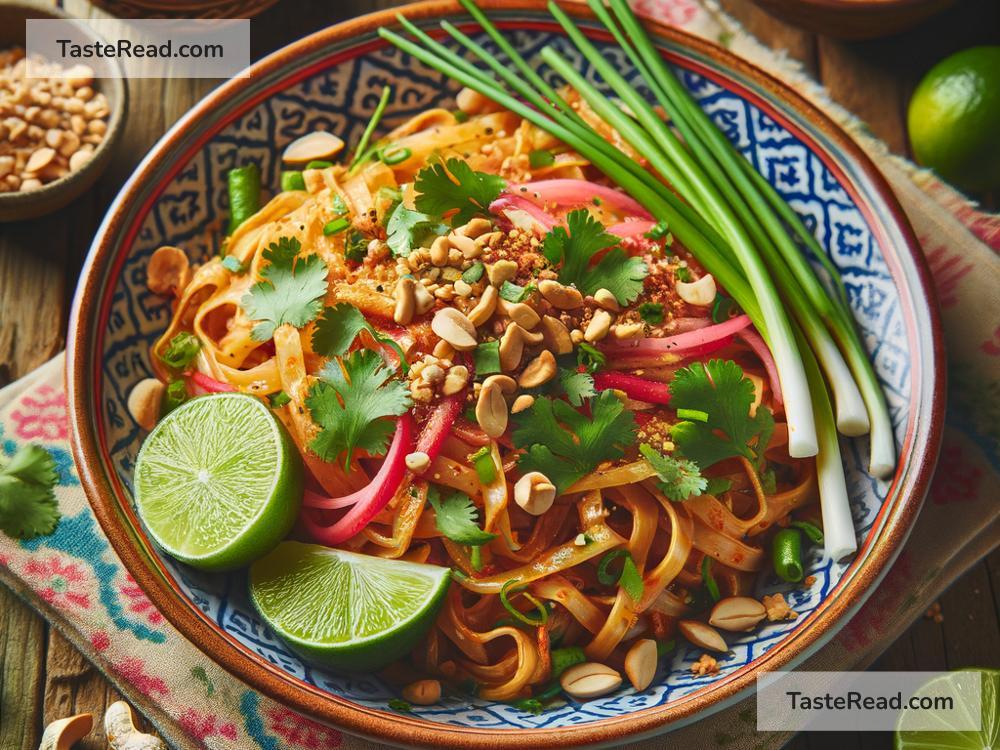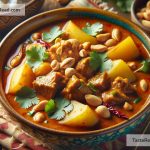Title: How the Thai Pad Thai Became a Global Favorite
The story of how Pad Thai transformed from a local Thai street food into a global favorite is as rich and vibrant as the dish itself. Originating from the streets of Thailand, Pad Thai has journeyed across oceans to capture the hearts and palates of food enthusiasts worldwide. But how did this simple noodle dish achieve such widespread acclaim? Let’s unravel the fascinating journey of Pad Thai from its humble beginnings to becoming an international culinary sensation.
The Origins of Pad Thai
Pad Thai, or Phat Thai, is a stir-fried noodle dish that is a hallmark of Thai cuisine. Despite its strong association with Thailand today, the dish has a complex history intertwined with cultural influences and political motivation. The exact origins of Pad Thai are debated, but it’s widely believed that the dish was popularized in Thailand during World War II. The Thai government, led by Prime Minister Plaek Phibunsongkhram, introduced Pad Thai as part of a national campaign to foster a sense of unity and pride among the Thai people. The government promoted Pad Thai as a national dish, encouraging street vendors and restaurants to serve this affordable, nutritious, and tasty meal.
The Simplicity and Versatility of Pad Thai
One of the reasons for Pad Thai’s immense popularity is its simplicity and versatility. The dish is made with soaked dried rice noodles, which are stir-fried with eggs and tofu, and flavored with tamarind pulp, fish sauce, dried shrimp, garlic or shallots, red chili pepper, and palm sugar. It is served with lime wedges and often topped with roasted peanuts. Pad Thai can be customized according to personal taste preferences, with variations including the addition of chicken, shrimp, or vegetables.
The Global Spread of Pad Thai
The global journey of Pad Thai began as it gained popularity among tourists in Thailand. Visitors captivated by the dish’s unique flavors brought back stories of their culinary adventures, sparking interest in Thai cuisine around the world. In the latter part of the 20th century, as global travel and cultural exchanges increased, Thai restaurants began springing up in cities across Europe, North America, and beyond. These restaurants, often run by Thai expatriates, served as cultural ambassadors for Thai cuisine, with Pad Thai becoming a staple menu item.
The Role of Media and Globalization
The rise of global media and the internet has played a significant role in popularizing Pad Thai and other Thai dishes. Cooking shows, food blogs, and social media platforms have featured Pad Thai, showcasing its preparation and the richness of Thai cuisine to a global audience. As more people gained exposure to Thai food through media, their curiosity and appetite for trying Pad Thai grew. Globalization has also made ingredients for exotic dishes more accessible, allowing people to experiment with making Pad Thai at home, further fueling its popularity.
Pad Thai Today: A Global Comfort Food
Today, Pad Thai is not just a dish; it’s a symbol of Thai culture and culinary excellence, cherished by people around the world. From high-end Thai restaurants to street food stalls, Pad Thai is celebrated for its comforting flavors, rich history, and the joy it brings to those who partake in it. It represents a successful blend of cultural preservation and global influence, making it a true culinary ambassador for Thailand.
In major cities around the world, it’s not uncommon to find locals and tourists alike queuing up at Thai restaurants to satisfy their Pad Thai cravings. Food festivals and international culinary competitions often feature Pad Thai, underscoring its status as a global favorite. Moreover, its appeal isn’t limited to adults; children, too, are drawn to the dish’s sweet and tangy flavors, making it a family-friendly choice for any meal.
Conclusion
The journey of Pad Thai from a national campaign to promote Thai identity to becoming a global favorite is a testament to the power of food in bringing people together. Its story highlights how a simple dish can transcend cultural and geographical boundaries, uniting people through shared experiences of taste and joy. Pad Thai exemplifies how food can be a universal language, capable of sparking connections and fostering understanding among diverse communities. So, next time you savor a plate of Pad Thai, remember you’re not just enjoying a meal; you’re partaking in a rich culinary tradition that has touched hearts and tickled taste buds around the globe.


